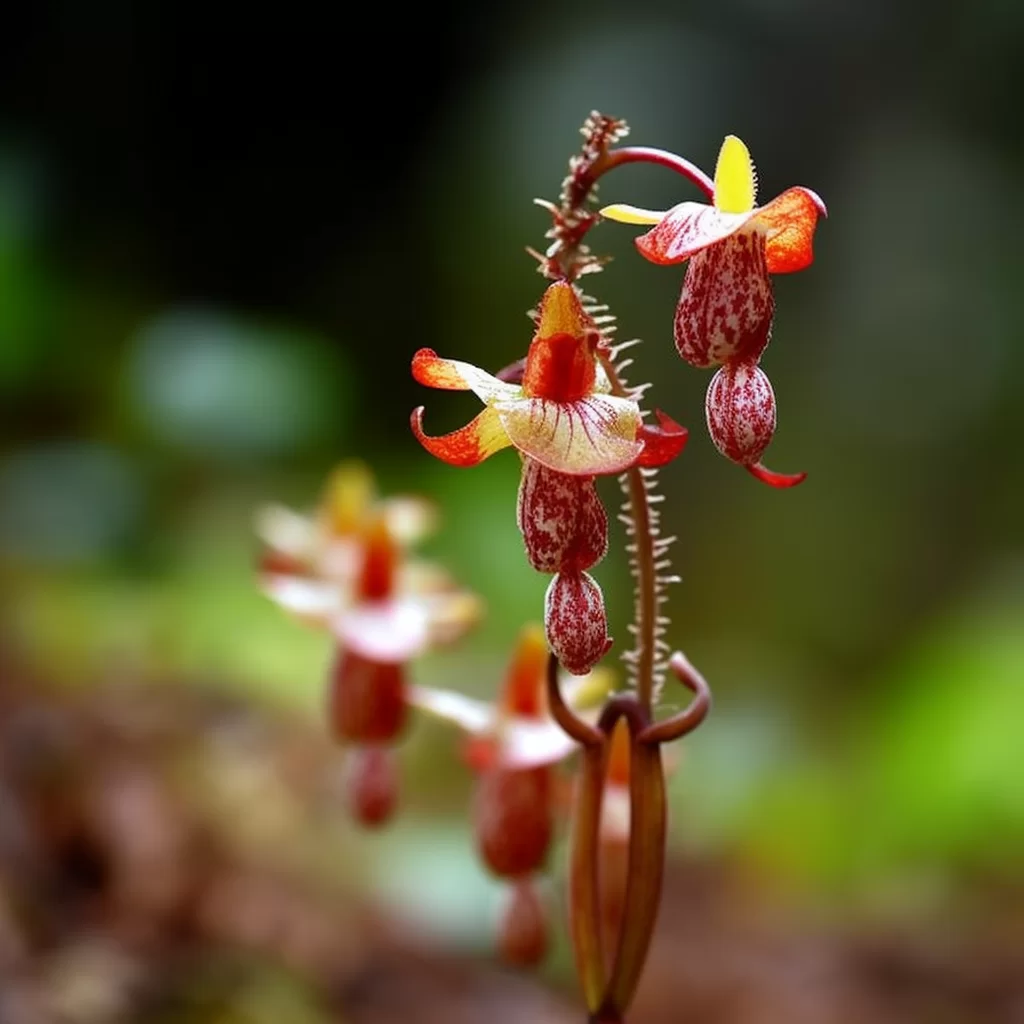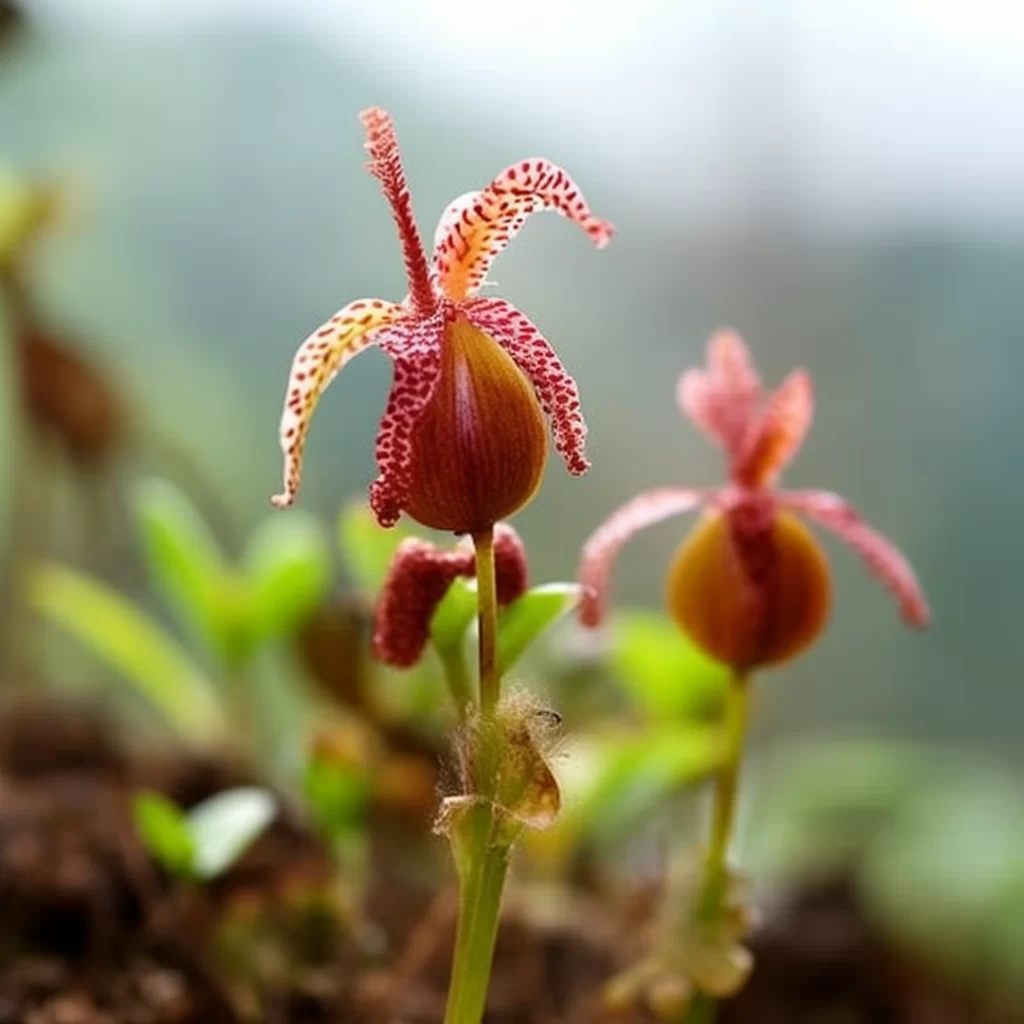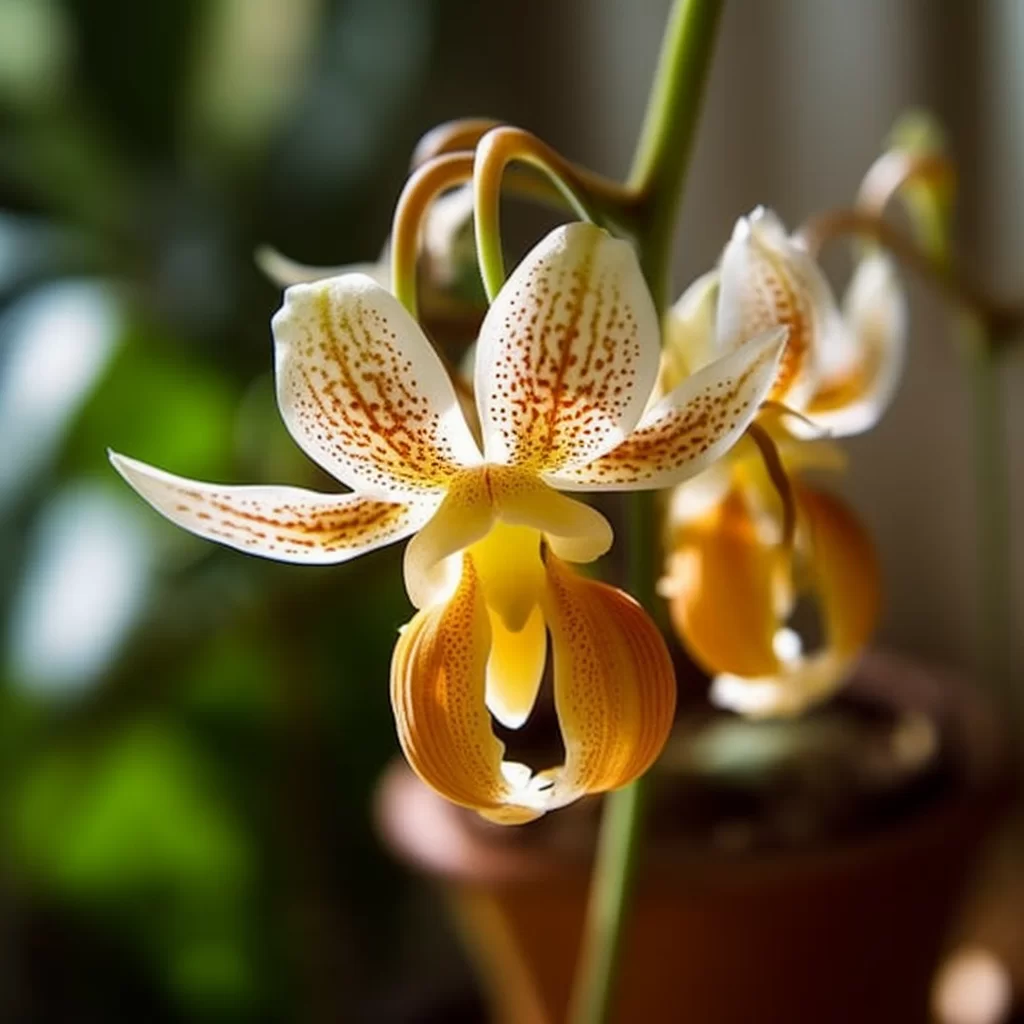Story of Day :
Contents
The Monkey Orchid Plant: A Complete Guide and Care Tips
Gardening enthusiasts worldwide are always on the lookout for new and exciting plants to add to their collection.
One such plant that has been garnering attention recently is the monkey orchid plant.
This rare and unique orchid species is a must-have for any garden lover who is looking for something out of the ordinary.
What is a Monkey Orchid Plant?
The monkey orchid plant, or Dracula simia, is a species of epiphytic orchids native to southeastern Ecuador and Peru.
The name ‘Dracula’ comes from the long spurs that resemble fangs, while ‘simia’ means ‘monkey’ in Latin due to its resemblance to a monkey’s face.
These fascinating plants grow up to 20 centimeters tall with broad leaves that can reach up to 30 centimeters in length.
Their flowers are what make them stand out from other species of orchids as they bear an uncanny resemblance to monkeys’ faces.

Care Tips for Monkey Orchids
While these plants may seem exotic, they are relatively easy to care for if you follow some basic guidelines:
- Light: Monkey orchids prefer bright but indirect light.
They should be placed near an east-facing window where they will receive morning sunlight or in a shaded area with bright indirect light throughout the day.
- Temperature: These plants thrive in temperatures ranging from 60-75°F (15-24°C).
Keep them away from cold drafts or hot air vents as it may cause stress on the plant.
- Potting mix: Use well-draining soil mixed with bark, sphagnum moss, and perlite.
The orchid plant’s roots require proper drainage for healthy growth.
- Watering: Water once a week or when the soil dries out slightly.
Overwatering may cause root rot, and underwatering may lead to dehydration.
- Fertilizer: Use a balanced fertilizer (20-20-20) once every 4-6 weeks during the growing season (spring and summer).
Propagation

The monkey orchid plant can be propagated through division.
When repotting the plant, gently separate the new growth from the parent plant using sharp scissors or pruning shears.
Ensure that each section has at least two leaves and roots before planting in fresh soil.
Pests and Diseases
As with most plants, monkey orchids are susceptible to pests such as spider mites, mealybugs, scale insects, and thrips.
Regularly inspect your plants for any signs of infestation such as webbing or white powdery residue on leaves.
To prevent these pests from damaging your plants use organic pesticides like insecticidal soap or neem oil spray.
If you notice any signs of disease such as yellowing leaves or black spots on stems then immediately isolate the infected plant to prevent further spread of infection.

In Conclusion
The monkey orchid is an exciting addition to any garden with its unique flowers that resemble monkeys’ faces.
These fascinating plants are relatively easy to care for if you follow some basic guidelines like providing enough light but avoiding direct sunlight exposure; carefully selecting potting mixtures that enable proper drainage; watering them regularly without over-watering; fertilizing them during their growing season; propagating by dividing their new growths from parent plants; and being on the lookout for pests such as spider mites, mealybugs, scale insects, and thrips.
With these care tips in mind, you can enjoy a long-lasting relationship with your monkey orchid plant.